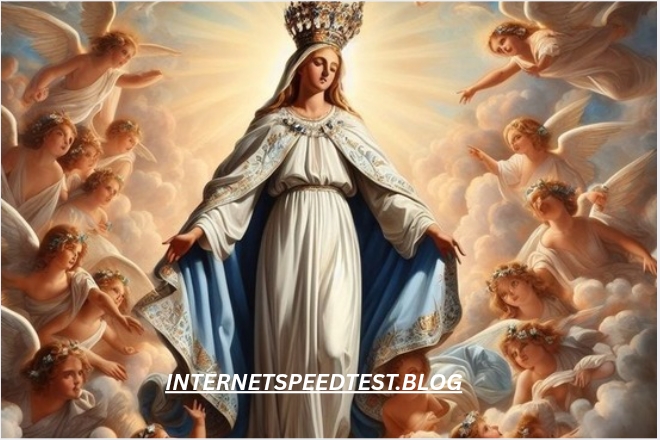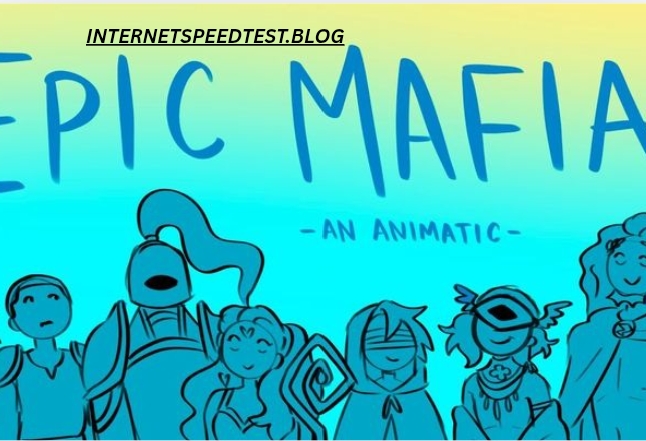Introduction
In a world rich with spiritual diversity, Filianism stands as a deeply evocative path—an expression of devotion centered on the Divine Feminine in a uniquely triune form. Rooted in the mid-20th century, nurtured through quiet devotion, and carried forward by solitary seekers as well as small communities, Filianism offers a deeply personal—and broadly resonant—vision of sacred femininity.
Origins: From Madrianism to Filianism
Filianism’s roots lie in Madrianism, a spiritual movement that emerged in the 1970s among women in England. These women formed groups such as Lux Madriana (“Light of the Mother”) and Ekklesia Madriana, producing sacred texts known as The Sacred Mythos, The Teachings of the Daughter, and The Clear Recital, which form the core scriptures of the faith .
Initially known by the name of their movement, the term “Filianism” (derived from Latin filia, meaning “daughter”) began to be used in the 1990s to emphasize the guidance and inspiration flowing from the Holy Daughter—a divine figure born of the Mother and mediating grace to creation . As the movement evolved, adherents spread the teachings through newsletters, virtual gatherings, and devotional practices.
Theological Framework: The Divine Trinity of Filianism
At its heart, Filianism venerates a Divine Feminine Trinity, expressed as:
- The Bright Mother (Creatrix) – The ultimate Source and radiant origin of all.
- The Holy Daughter (Saviour and Sustainer) – Emanated from the Mother, She descends into the depths of separation (the “netherworld”) to restore communion with the divine .
- The Dark Mother (Absolute, Mysteria) – The transcendent, unknowable aspect of the divine, encompassing both dissolution and cosmic return .
This triune conception—distinct from Christian or neopagan models—presents a soft monotheism or henotheism, viewing all aspects of the Divine as contained within the singular principle, Déa .
Sacred Lore: The Mythos of Fall and Redemption
Filianic myth articulates the fall of the primordial Maid, created in the image of the Mother, who desired to experience separation and thus descended into limitation—a state referred to as kear (separation) along with the experience of suffering and reincarnation—or werde (karma) .
In response, the Mother birthed the Holy Daughter, who willingly entered the fray (“Taking on of Fate”), looked into the face of death, endured hanging upon a pillar, and was then resurrected—a dynamic myth seen as a psycho-spiritual allegory rather than literal history . For many adherents, this mirrors the Bodhisattva ideal—sacrificing to bring enlightenment to all.
Practices and Sacred Calendar
Filianism includes a thoughtfully structured devotional life. Among its distinctive features:
- A 13‑month lunar calendar, with each month lasting 28 days and an added “thirteenth month” as a fifth season; the calendar anchors eight High Feasts and several minor festivals .
- Use of prayer, study (including the Filianic Creed and Teachings of the Daughter), and even a rosary tailored to Filianic practice .
These elements create spiritual rhythms that connect adherents to the celestial dynamics of the Mother, Daughter, and Dark Mother throughout the year.
The Janyati: Seven Virtuous Beings
Another vivid aspect of Filianism is the presence of the Janyati (or Janati in some branches)—seven archangelic emanations or virtues of Déa, reflecting divine qualities to aspire toward:
- Sai Aurelia (Light, Joy, Magnanimity)
- Sai Clara (Purity, Devotion, Reflection)
- Sai Victoria (Strength, Courage, Valour)
- Sai Sophia (Knowledge, Intuition, Wisdom)
- Sai Justitia (Justice, Harmony, Order)
- Sai Rosalia (Mercy, Beauty, Love)
- Sai Constantia (Discipline, Steadfastness) .
Filianists typically align with one as a patron and aim to integrate all virtues in life’s balance and community harmony.
Misconceptions Clarified
Despite its depth, Filianism often faces misunderstandings:
- Not an Aristasian religion: While the Aristasian subculture helped preserve Filianic writings, Filianism stands independent and inclusive .
- Not inherently feminist: The faith centers on femininity spiritually, not as a political endeavor—even though it resonates with those seeking feminine-grounded spirituality .
- Not sectarian or joke religion: It is a sincere devotional tradition with meaningful spiritual structure .
- Inclusive: Men are welcome, love of all orientations is honored, and it’s not limited to any demographic .
Community, Growth, and the Modern Age
Filianism remains a small but growing faith. Schisms from early days—some tied to the decline of Lux Madriana—led to offline and online divides . Today, many practitioners are solitary, connected through blogs, forums, and virtual gatherings. Resources include The Chapel of Our Mother God, Carrd introductions, and personal devotions .
Reddit glimpses show both curiosity and continuity: one former Filianist offers support, while another notes:
“We’re a tiny religion similar to shaktism where we worship God as a feminine Trinity – Mother, Daughter, Dark Mother.” .
As the internet expands, Filianic spirituality continues to reach seekers willing to explore a feminine-centered path of depth and mythic resonance.
Reflections on the Faith’s Resonance
Filianism invites followers into:
- A holding space for feminine sacredness, unmediated by patriarchal echo—or political charge.
- A mythic framework offering healing, reconciliation, and return to divine intimacy.
- A spiritually virtuous life model, through the Janyati as inner guides.
- A responsive relevance, adaptable to solitary, blended, or eclectic spiritual paths aligned with personal traditions.
Final Thoughts: A Gift of the Heart
Filianism is more than a theology—it is a tender, transformative embrace of the Divine Feminine. It gives voice to those seeking spiritual nourishment rooted in compassion, mythic depth, and luminous restoration. Whether approached through the luminous brilliance of the Bright Mother, the redemptive grace of the Daughter, or the mystery of the Dark Mother, Filianism calls adherents into a journey of love, virtue, and return to union.
If you’d like to dive deeper into the Filianic scriptures, explore ritual practices, or understand how individual seekers weave Filianism into their spiritual lives, I’d love to help guide you onward




